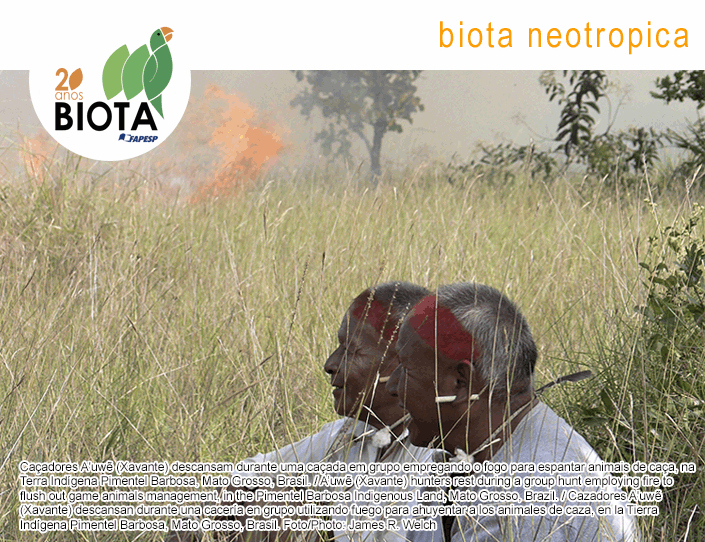Insect galls on Asteraceae in Brazil: richness, geographic distribution, associated fauna, endemism and economic importance
Keywords:
Gall-inducing insects, insect-plant interaction, CompositaeAbstract
Abstract: An overview of insect galls on Asteraceae in Brazil is presented. We used the Web of Science database to find publications about insect galls from 1988 to 2020. We analyzed 88 publications and collected data from 51 of those. A total of 487 gall morphotypes were counted on 157 plant species of 42 genera. This value singled out Asteraceae as the richest plant family in number of gall morphotypes in Brazil. Most morphotypes were recorded in the Atlantic Forest (41%) and Cerrado (30.5%), the most surveyed biomes in Brazil. Baccharis L. supported the greatest gall richness (43.9%), which could be explained by the hypotheses of geographic area and taxon size. Baccharis concinna G.M. Barroso, B. dracunculifolia DC. and B. platypoda DC. were indicated as superhost species. Most galls were induced on stems (52.2%), a pattern known in Asteraceae for gall-inducing Tephritidae and Chloropidae, and extended in the present study to Cecidomyiidae. Most galls were fusiform (42.5%), which can be related to the highest number of gall on stems. Cecidomyiidae (Diptera) were the most frequent inducers, as observed worldwide. The presence of other dwellers - parasitoids, cecidophages, kleptoparasites, and successors - were reported in 8.8% of the gall morphotypes, being parasitoids the most frequent, as found in other Brazilian publications. Most host plants (58%) are endemic to Brazil, 14% are useful and few are vulnerable or endangered (six and four species, respectively). Due to the high host specificity, the gall-inducers associated with these plants can also be considered either endemic, important, vulnerable and/or endangered, respectively.Published
2022-01-01
How to Cite
Flor, I. C., Rodrigues, A. R., Silva, S. A., Proença, B., & Maia, V. C. (2022). Insect galls on Asteraceae in Brazil: richness, geographic distribution, associated fauna, endemism and economic importance. Biota Neotropica, 22(1). Retrieved from https://www.biotaneotropica.org.br/BN/article/view/1879
Issue
Section
Thematic Reviews
License
Copyright (c) 2021 Biota Neotropica

This work is licensed under a Creative Commons Attribution-NonCommercial 4.0 International License.
